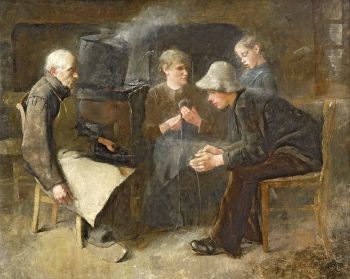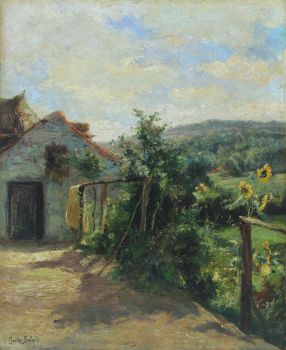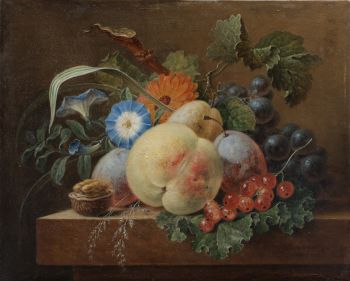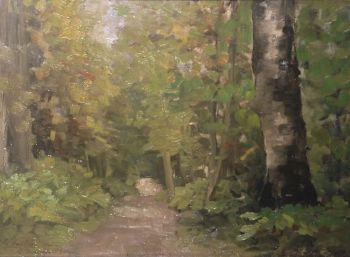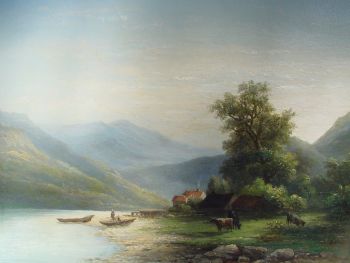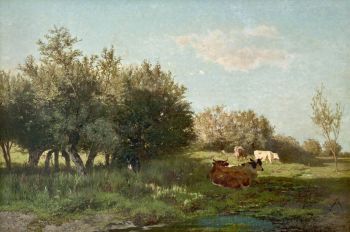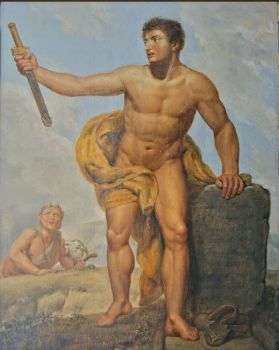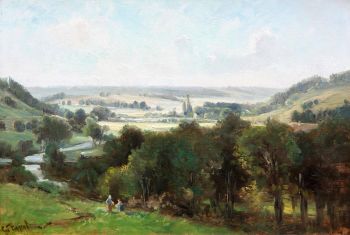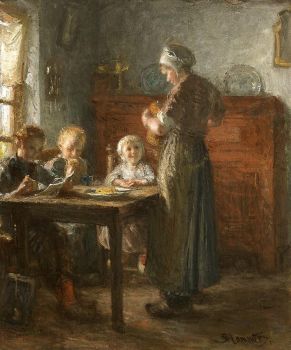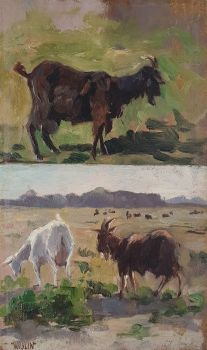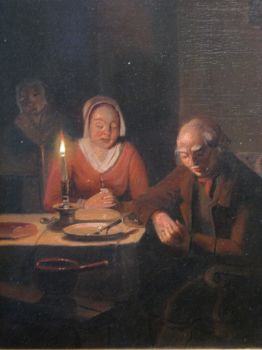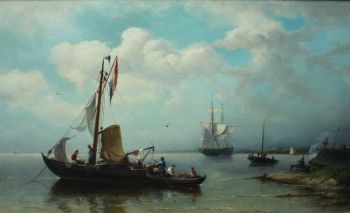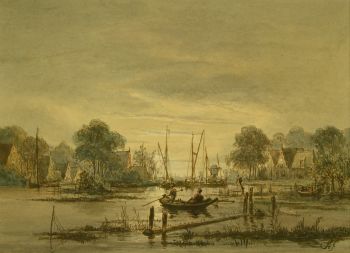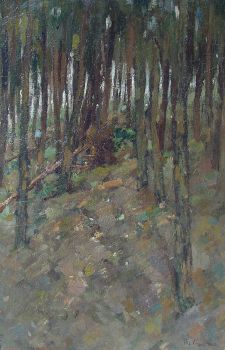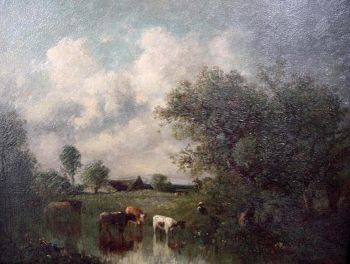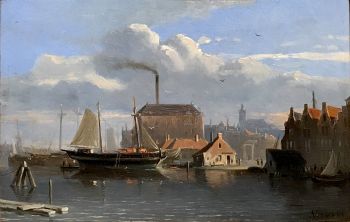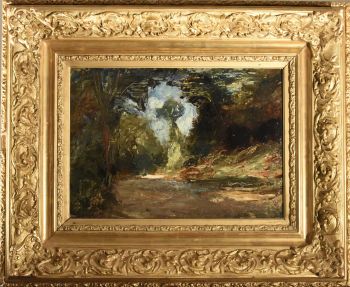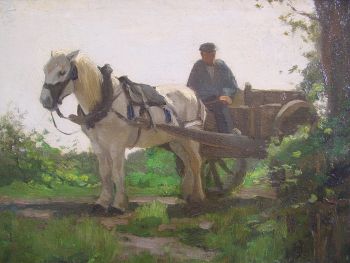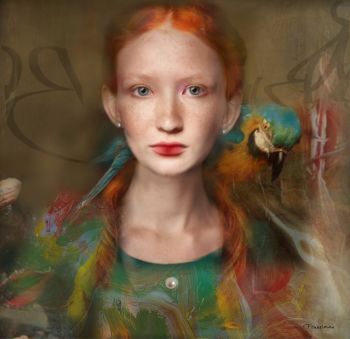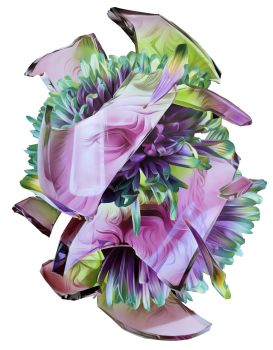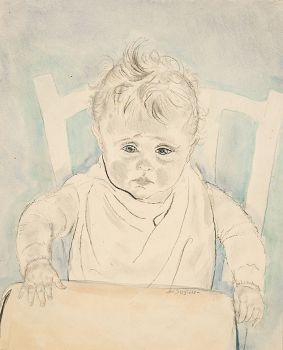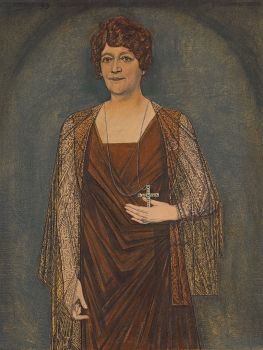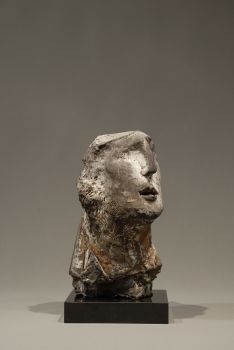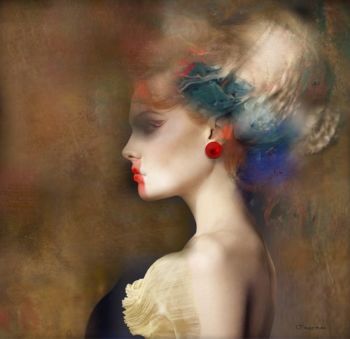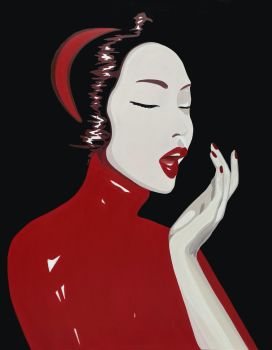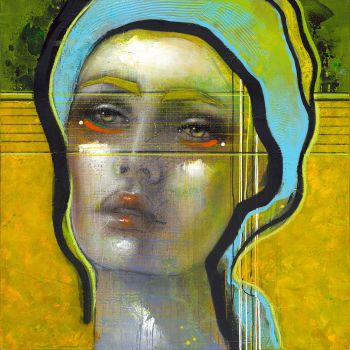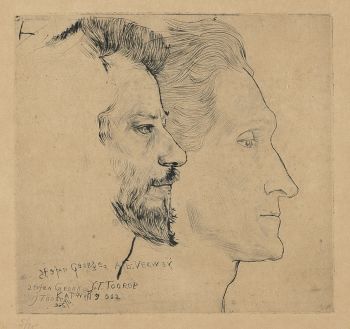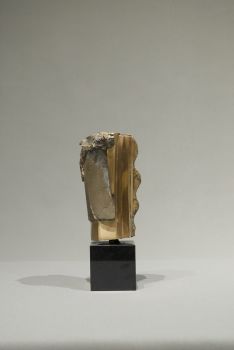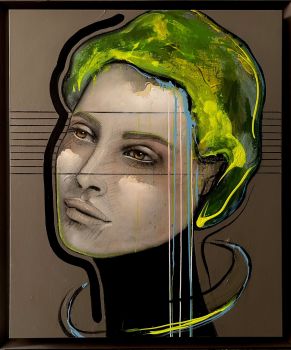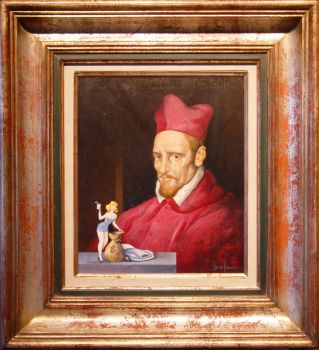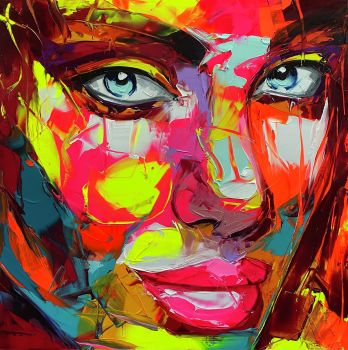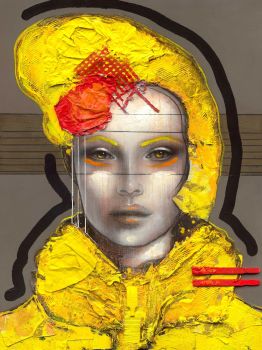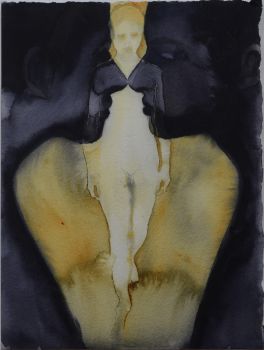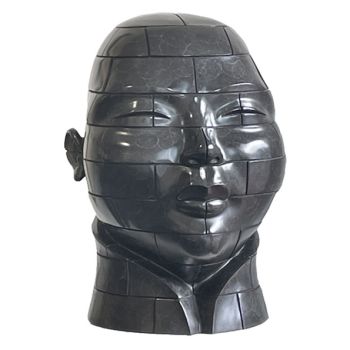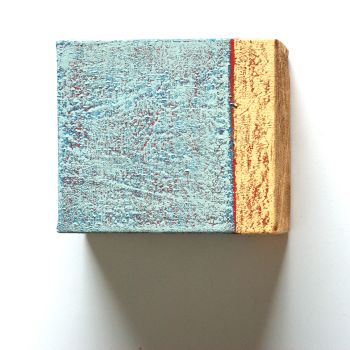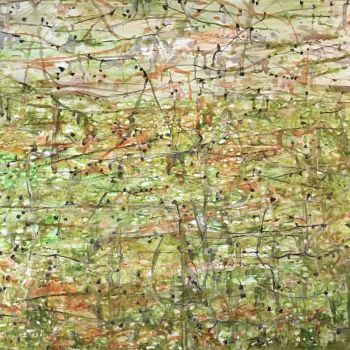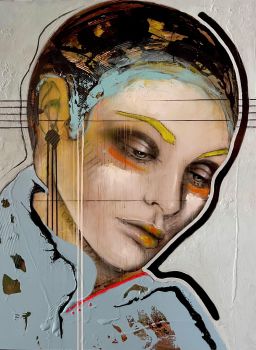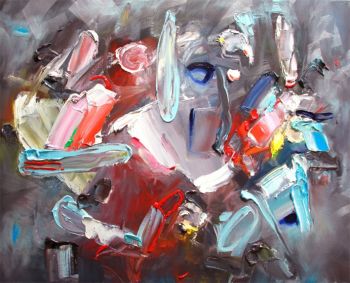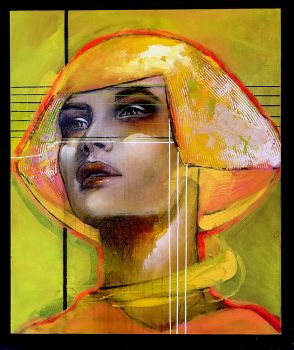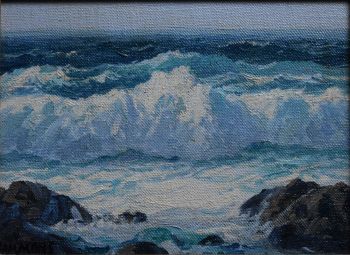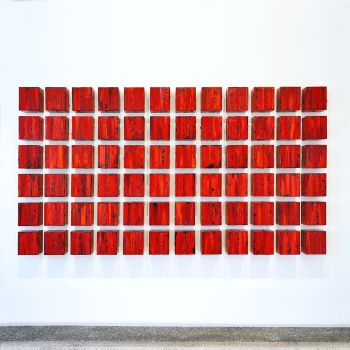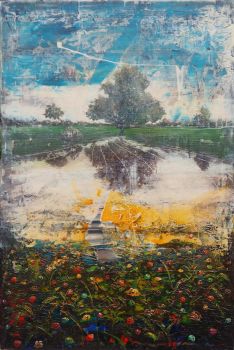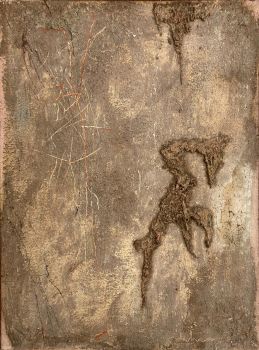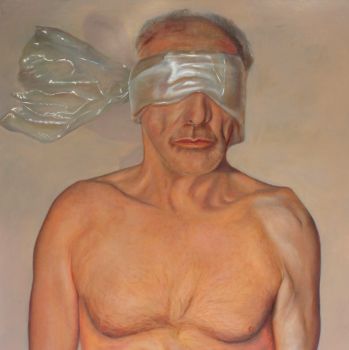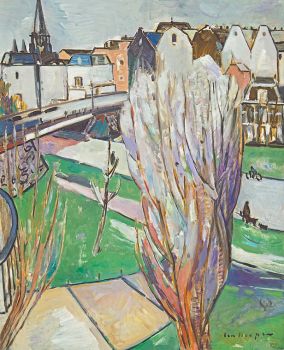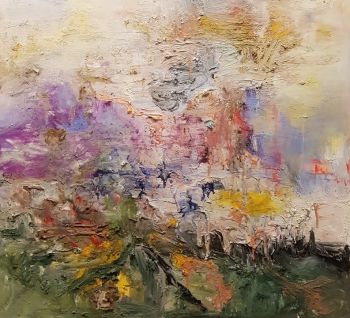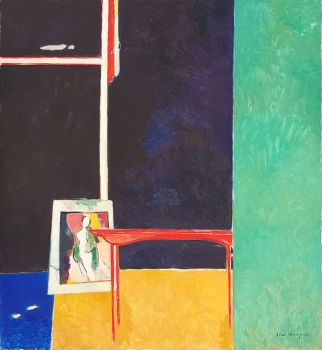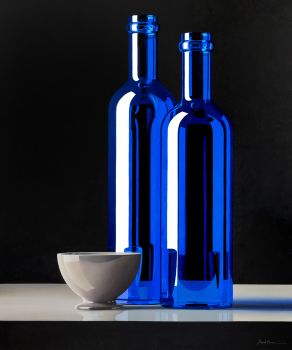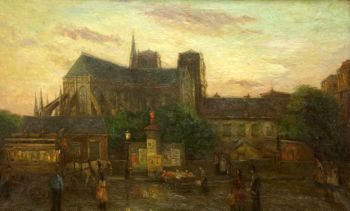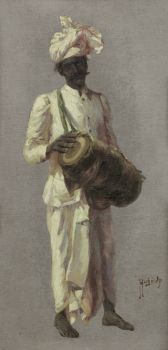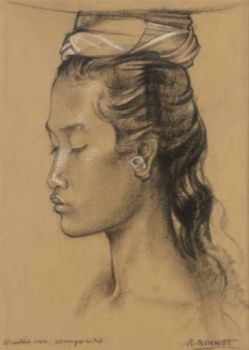Porträt eines Punjabi in Britisch-Indien 1898
Hubert Vos
SegeltuchÖlfarbeFarbe
74 ⨯ 59 cm
ConditionExcellent
Preis auf Anfrage
Zebregs & Röell - Fine Art - Antiques
- Über KunstwerkSigned, Hubert Vos
Oil on canvas
Dimensions 74 cm by 59 cm
Hubert Vos was a true cosmopolitan, born in Maastricht he studied in Brussels, Rome and Paris, where he won a gold medal at the Paris Salon in 1886 and 1890. In 1887 he moved to London where he founded the society of British Portrait Painters and the Society of Pastellists together with his friend, the American-born and British-based painter, James McNeill Whistler.
In 1892 the Dutch Government appointed him as its commissioner at the World Exhibition in Chicago. There he became interested as an artist in the various racial types he met. He painted portraits of American Indians and people from Hawaii. Around the turn of the century he moved on to the Far East where he painted such high-placed persons as Prince Ching, Premier of China and uncle of the young Emperor, Yuan Shi Kai, the Javanese Sultan of Djokjakarta, the Emperor and the Crown Prince of Korea. But the most remarkable event of his life was the invitation he received in 1905 from the Dowager Empress of China, Tzu Hsi, to paint her portrait in her summer palace in Peking. Never before had a man been admitted there. The Empress, seventy two years old, told him she wanted a perfect likeness but that she must appear no more than forty years of age.
The result, a life-sized picture of the majestic, energetic woman, adorned with all the necessary imperial attributes was to her satisfaction and Vos was made commander of the Double Dragon and a mandarin. Tzu Hsi died in 1908 and with her over thousands of years of imperial rule over China. What Charles Cordier was for sculpture Vos was for painting; an ethnographic artist.
Vos made copies of all his portraits for his own collection.
The present portrait was a copy of a portrait exhibited in “Rulers of the East” in Holland House, 10 Rockefeller Plaza, New York, November 30, 1944.
Provenance: the artist’s collection and by descent to his grandson Hubert D. Vos - Über KünstlerHubert Vos wurde am 15. Februar des Jahres 1855 geboren. Er war ein niederländischer Maler, der in Maastricht geboren wurde. Er studierte an der Académie Royale des Beaux-Arts in Brüssel und bei Fernand Cormon in Paris. Er stellte häufig in Paris, Amsterdam, Brüssel, Dresden und München aus. Von 1885 bis 1892 arbeitete er in England, wo er zwischen 1888 und 1891 an der Royal Academy ausstellte. Er war Mitglied der Royal Society of British Artists. Seine zweite Frau war Eleanor Kaikilani Coney, die hawaiianischer, chinesischer und amerikanischer Abstammung war. Im Jahr 1898 besuchte er Hawaii, wo er die dortige Bevölkerung malte. Im selben Jahr reiste Vos nach Korea, wo er mindestens drei Gemälde in doppelter Ausführung fertigstellte. In jedem Fall ließ er eine Kopie in Korea zurück und behielt eine Kopie. Bei den Gemälden handelt es sich um ein lebensgroßes Porträt von Kaiser Gojong, ein Porträt von Min Sangho (1870–1933), und eine Landschaft von Seoul. Die in Korea verbliebenen Kopien hingen im Deoksugung-Palast, bis alle, außer der Landschaft von Seoul, 1904 durch ein Feuer zerstört wurden. Vos besuchte 1899 China und malte Porträts von prominenten Staatsführern. Kaiserinwitwe Cixi (Tzu Hsi), deren Porträt von der amerikanischen Künstlerin Katharine Carl in Öl gemalt worden war, sah diese Porträts und lud Vos ein, China 1905 zu besuchen. Er fertigte ein Porträt von ihr an, das heute noch im Sommerpalast ausgestellt ist, und beendete nach seiner Rückkehr nach New York ein weiteres Porträt, das er in China begonnen hatte und das auf dem Pariser Salon ausgestellt, dann von Grenville L. Winthrop erworben und dem Fogg Museum in Harvard übergeben wurde. Neben Porträts und Landschaften ist Vos auch für seine Interieurszenen und Stillleben auf chinesischen Porzellanen bekannt. Die Geschenke der Kaiserinwitwe Cixi sind Lieblingsobjekte der Stilllebenbilder. Er starb 1935 in New York City. Das Louvre Museum (Paris, Frankreich), das Bonnefanten Museum (Maastricht, Niederlande), das Chicago History Museum, das Fogg Art Museum (Harvard University), das Honolulu Museum of Art, das Luxembourg Palace (Paris), das Metropolitan Museum of Art und das Smithsonian American Art Museum gehören zu den öffentlichen Sammlungen, die Werke von Hubert Vos besitzen. Hubert Vos starb im Jahr 1935.
Sind Sie daran interessiert, dieses Kunstwerk zu kaufen?
Artwork details
Kategorie
Thema
Stil
Material & Technik
Farbe
Related artworks
Unbekannter Künstler
A Surinam-themed Amsterdam long-case clock1746 - 1756
Preis auf AnfrageZebregs & Röell - Fine Art - Antiques
 Kuratiert von
Kuratiert vonGallerease Magazine
Unbekannter Künstler
EIN UNGEWÖHNLICHES INDONESISCHES SILBERGERICHTlate 17th
Preis auf AnfrageZebregs & Röell - Fine Art - Antiques
Unbekannter Künstler
Japanese transition-style lacquer coffer 1640 - 1650
Preis auf AnfrageZebregs & Röell - Fine Art - Antiques
Paulus Franciscus Kromjong
Blumen vor Arearea Aka (Freude) von Gauguin '20th century
Preis auf AnfrageZebregs & Röell - Fine Art - Antiques
Unbekannter Künstler
A silver spoon commemorating Juff’ Margareta van Hoorn1656 - 1694
Preis auf AnfrageZebregs & Röell - Fine Art - Antiques
1 - 4 / 20Corstiaan Hendrikus de Swart
Mountain landscape with Lake1838 - 1900
Preis auf AnfrageKunsthandel Pygmalion
Gerard Bilders
The 'Uiterwaarden' at Oosterbeek (flood plains)1861
Preis auf AnfrageStudio 2000 Art Gallery
 Kuratiert von
Kuratiert vonDanny Bree
1 - 4 / 24- 1 - 4 / 24
Dutch School
Ankunft eines niederländischen Ostindianers in der Table Bay18th century
Preis auf AnfrageZebregs & Röell - Fine Art - Antiques
1 - 4 / 24HUGO VILFRED VON PEDERSEN
Trommelslager 2821900
Preis auf AnfrageZebregs & Röell - Fine Art - Antiques
Unbekannter Künstler
A silver spoon commemorating Juff’ Margareta van Hoorn1656 - 1694
Preis auf AnfrageZebregs & Röell - Fine Art - Antiques
Unbekannter Künstler
A large wall map of Asia by Nicolas de Fer 1647 - 1720
Preis auf AnfrageZebregs & Röell - Fine Art - Antiques
Unbekannter Künstler
EIN GILT-SILBER SRI LANKAN DOKUMENT SCROLL CONTAINER19th century
Preis auf AnfrageZebregs & Röell - Fine Art - Antiques
1 - 4 / 12






















